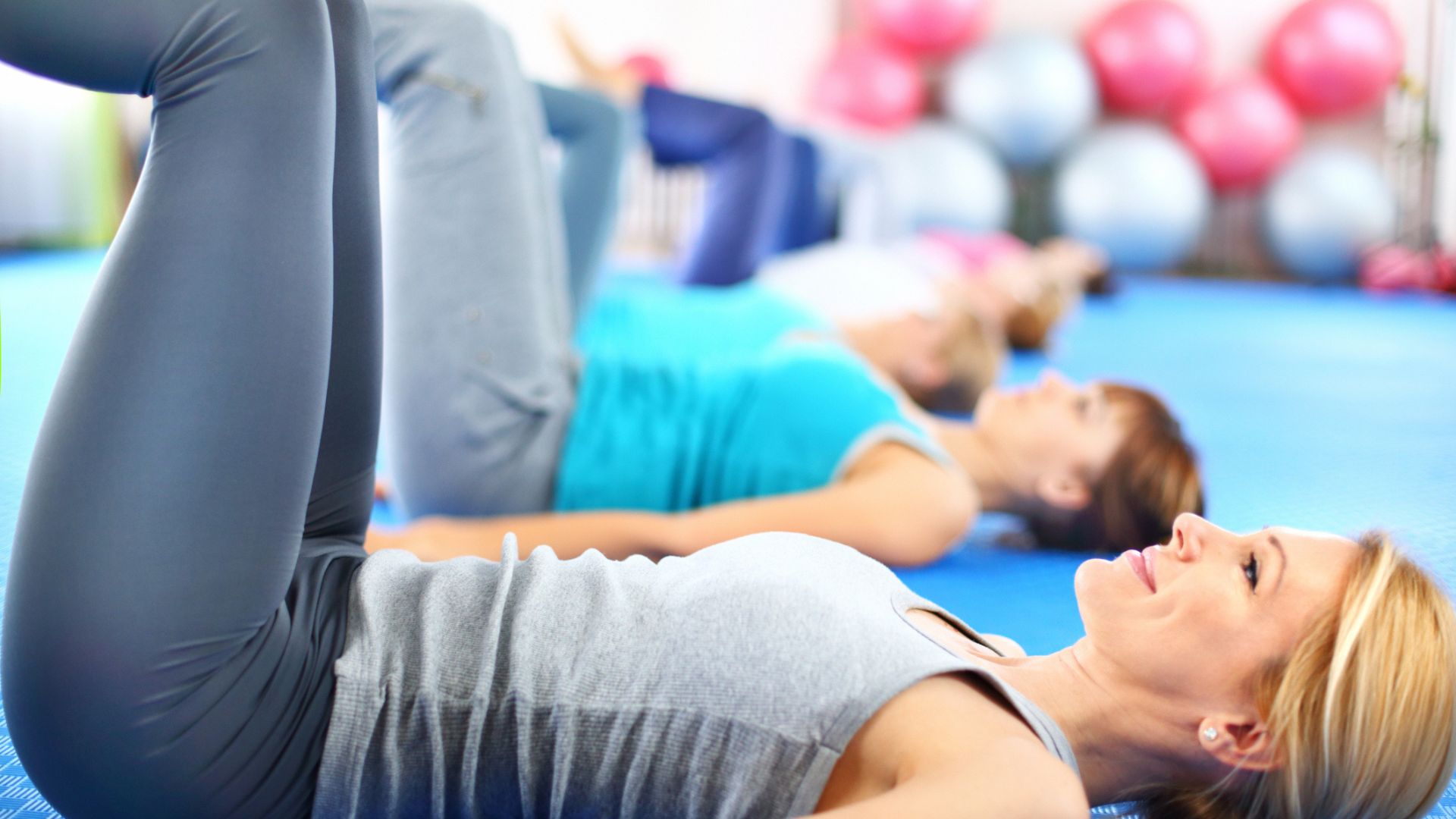This simple stretch is the key to better hill running, says a running expert
Your adductors are crucial for power and stability, so keep them in good working with this one stretch

You might not think that the adductors—the muscles that run from your pelvic bone along your inner thighs and to your knees, and move the thigh inwards—do much when you run. But they also play an important role in stabilizing and balancing the pelvis, which is crucial when you run since you're using one leg at a time, and even more important when running uphill.
Physical therapist Dr Chloe Costigan of Mobility Doc tells us in her Instagram Reel that this simple adductor stretch can "unlock your hill running potential" in three ways: It can help improve stride efficiency, enhance your hill-climbing power and reduce your risk of injury.
I don't relish the thought of hill running, but I know it's one of the most effective ways to become a better, faster runner, so anything that can help me out when I'm tackling hills is worth trying.
"Often the adductor muscles are forgotten about," Costigan told me. "But they are the ones that really help us power up hills and they also help us with any lateral movement. It's particularly important when you're doing something that requires more power so when going uphill you use it even more."
I tend to think of running power coming from the quads and hamstrings, but the adductors also make an important contribution. "The adductor muscle is being used all the time," says Costigan. "It's used as a hip flexor and extensor, so when your hip is in flexion with your knee raised, it extends the hip and brings the thigh bone back. When you're in extension—with your leg behind you—then the adductor brings your leg forward into flexion."
This stretch can also help reduce your risk of injury. "Generally, if the adductor is too tight you're not able to use it properly which can lead to improper mechanics and many different injuries," says Costigan. "For example, it ends up affecting your mechanics at your hip."
How to do this adductor stretch
A post shared by Mobility-Doc (@mobility_doc)
A photo posted by on
This is a side lunge stretch that targets your inner thigh, groin and adductors.
Get the Fit&Well Newsletter
Start your week with achievable workout ideas, health tips and wellbeing advice in your inbox.
- Stand with your feet wider than shoulder-width apart.
- Bend one knee and lower to that side, hinging forward at your hips. You should feel a stretch in the inner thigh of the straight leg.
- Keeping your chest high and back flat, lean your torso over your straight leg.
"Make sure you’re hinging from your hips! Not just bending the knee," says Costigan. "You want to make sure you hold a stretch for at least 30 seconds. I’ve found that three rounds of 30 seconds can be really helpful. However, since people don’t usually stretch their adductors, to start with, less is more."
Once you’ve added this stretch into your routine, you'll be more ready than ever to tackle an uphill challenge. Hills may never feel easy, but a little extra power can help.
Camilla Artault is a fitness writer with a passion for running and yoga. She interviews experts and writes about a wide range of topics for Fit&Well encompassing health, fitness and nutrition.
-
 A Pilates instructor says this is the beginner-friendly core exercise everyone should try
A Pilates instructor says this is the beginner-friendly core exercise everyone should tryForget crunches, this is the perfect foundation move
By Alice Porter
-
 Prevent poor posture and release tension from sitting down with these four simple stretches from a yoga instructor
Prevent poor posture and release tension from sitting down with these four simple stretches from a yoga instructorThe daily poses he swears by, no matter what
By Alice Porter